Insider threats are a growing concern for small businesses, as they can lead to data breaches, financial loss, and reputational damage. These threats are caused by employees or contractors who have access to the organization’s data or systems and intentionally or accidentally cause harm. In this post, we’ll discuss the different types of insider threats and measures small businesses can take to prevent them.
Employee Malicious Intent:
Malicious insiders are employees who intentionally cause harm to the organization. This could include stealing data, installing malware, or disrupting services. To prevent this type of threat, small businesses should conduct thorough background checks before hiring employees, monitor employee access to sensitive data, and limit access to data they don’t need to perform their job functions.
Accidental Insider Threat:
Accidental insider threats occur when employees inadvertently cause harm to the organization. This could include accidentally deleting data or falling for a phishing scam. To prevent this type of threat, small businesses should provide regular security awareness training for employees, limit access to sensitive data, and implement data loss prevention (DLP) technologies.

Third-Party Insider Threat:
Third-party insider threats involve contractors, vendors, or other third parties who have access to the organization’s data or systems. To prevent this type of threat, small businesses should ensure that third-party vendors have security controls in place, limit their access to data, and monitor their activity on the network.
Negligent Insider Threat:
Negligent insider threats occur when employees disregard security protocols or policies. This could include sharing passwords or using unapproved software. To prevent this type of threat, small businesses should develop and communicate clear security policies and procedures, provide regular training on security best practices, and monitor employee activity for any violations.
Stolen Credentials:
Stolen credentials occur when an employee’s login credentials are stolen and used to access sensitive data or systems. To prevent this type of threat, small businesses should implement multi-factor authentication, monitor login attempts, and enforce strong password policies.
In conclusion,
Insider threats are a significant risk for small businesses, but there are steps you can take to prevent them. By implementing security controls, providing regular employee training, and monitoring employee activity, small businesses can reduce the risk of insider threats and protect their data and systems. It’s important for small businesses to stay vigilant and take proactive measures to protect against these threats. With the right security measures in place, small businesses can safeguard their assets and reputation.














